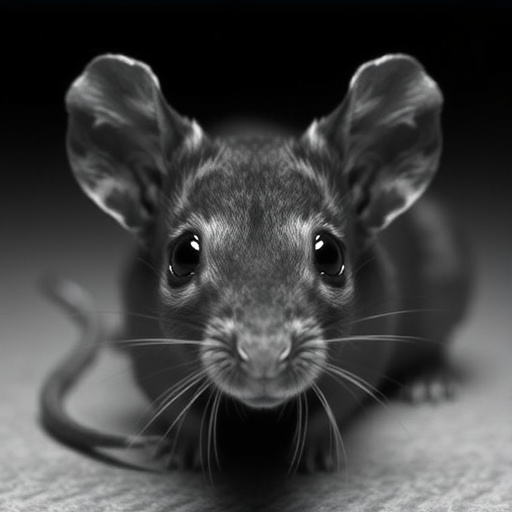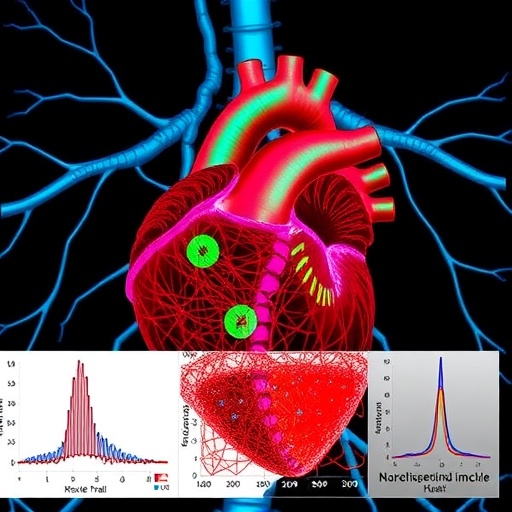The superior size and complexity of the human brain compared to other mammals may actually originate from fewer initial starting materials, new research has suggested.
A team from the University of Oxford and Cardiff University have used mathematical models to re-enact the complex process of brain development that occurs as initialising cells, otherwise known as progenitor cells, start to grow and begin to differentiate into more specialist cells at various points in time.
By applying this experimentally realistic model to mice, monkeys and humans, all of which use roughly the same type of raw materials to develop a brain, the team identified the different brain development strategies that separates each of the three mammals.
In particular, the equations looked at the ability of progenitor cells to divide either into more progenitor cells or into neurons. The equations were then linked to real-life experimental data from mice, monkeys and humans and used to predict the original population of progenitor cells before the brains started to develop.
The results showed that the human brain may develop from fewer raw materials compared to both mice and monkeys, which is surprising given that a human brain is much more complex than that of a mouse.
Indeed, the cerebral cortex in the human brain, which is accountable for high cognitive functions such as language, memory and movement, contains approximately 16 billion neurons – the cerebral cortex of a mouse contains around 14 million neurons.
Similarly, the brain of a mouse weighs around 400 mg whereas a human brain weighs roughly 1,500,000 mg.
Interestingly when comparing the brain of a monkey to a mouse, the results showed that the monkey brain is developed from more initial cells, leading to the creation of a larger brain.
The team have proposed that as the human brain has been formed and sculpted through more than 500 million years of evolution, it has been able to develop more strategic ways of creating complex structures with fewer cells.
In further studies the team hope to use their mathematical models to shed more light on how these strategies may have advanced through evolution and, potentially more importantly, understand diseases where it may well be that different brain strategies are realised, such as schizophrenia, epilepsy and Zika-virus induced microcephaly.
Dr Thomas E. Woolley of Cardiff University's School of Mathematics said: "This project has really brought together the complementary strengths of the mathematicians and biologists. In particular, the mathematics has highlighted the next most important experimental steps".
Dr Noemi Picco, from the University of Oxford, said: "To produce a larger brain we can either stretch development over a longer period of time or adopt an altogether different developmental program to produce neurons more efficiently within the time available.
"It seems plausible that humans adopted the first solution as our gestational period is much longer than a mouse's, rather than starting off with more raw material."
"While this argument is only speculative, this research produced an alternative testable hypothesis, setting the basis for future experimental studies."
Professor Zoltán Molnár of Oxford's Department of Physiology, Anatomy and Genetics said: "The modelling helped us to realise just how little we currently know about the comparative aspects of cerebral cortical development.
Some of the data we have are not sufficient to start modelling more complex issues of brain development and evolution. We are planning to assemble an international collaborative team to feed in the numbers for future models"
The results have been published in the journal Cerebral Cortex by a team of mathematicians and neurobiologists from University of Oxford, Cardiff University and the Achucarro Basque Center for Neuroscience.
###
The research was supported by a grant from the St John's College Research Centre.
Notes to editors
1. For further information contact:
Michael Bishop
Communications & Marketing
Cardiff University
Tel: 02920 874499 / 07713 325300
Email: [email protected]
2. Cardiff University is recognised in independent government assessments as one of Britain's leading teaching and research universities and is a member of the Russell Group of the UK's most research intensive universities. The 2014 Research Excellence Framework ranked the University 5th in the UK for research excellence. Among its academic staff are two Nobel Laureates, including the winner of the 2007 Nobel Prize for Medicine, Professor Sir Martin Evans. Founded by Royal Charter in 1883, today the University combines impressive modern facilities and a dynamic approach to teaching and research. The University's breadth of expertise encompasses: the College of Arts, Humanities and Social Sciences; the College of Biomedical and Life Sciences; and the College of Physical Sciences and Engineering, along with a longstanding commitment to lifelong learning. Cardiff's flagship Research Institutes are offering radical new approaches to pressing global problems. http://www.cardiff.ac.uk
Media Contact
Michael Bishop
[email protected]
292-087-4499
@cardiffuni
http://www.cardiff.ac.uk




